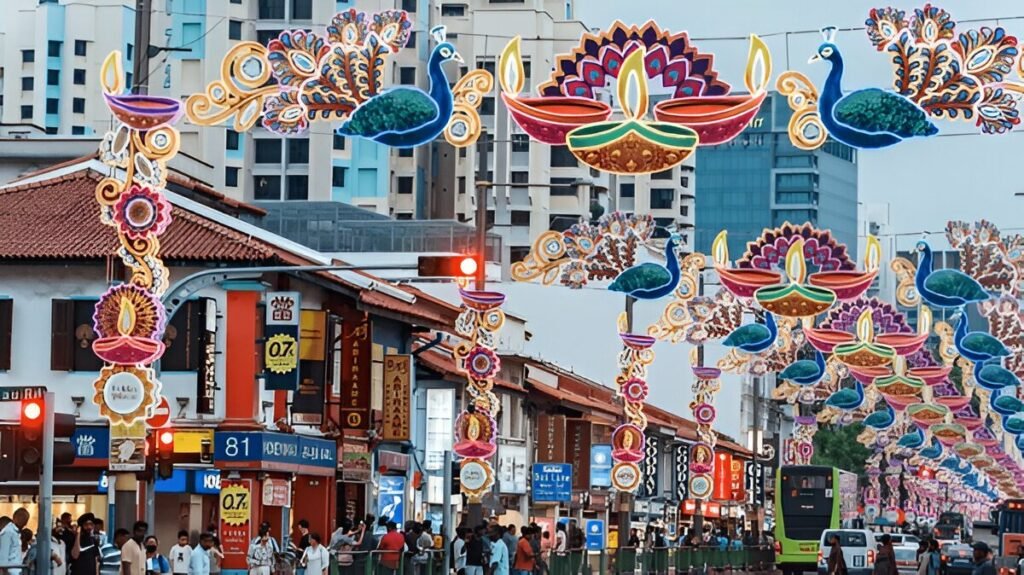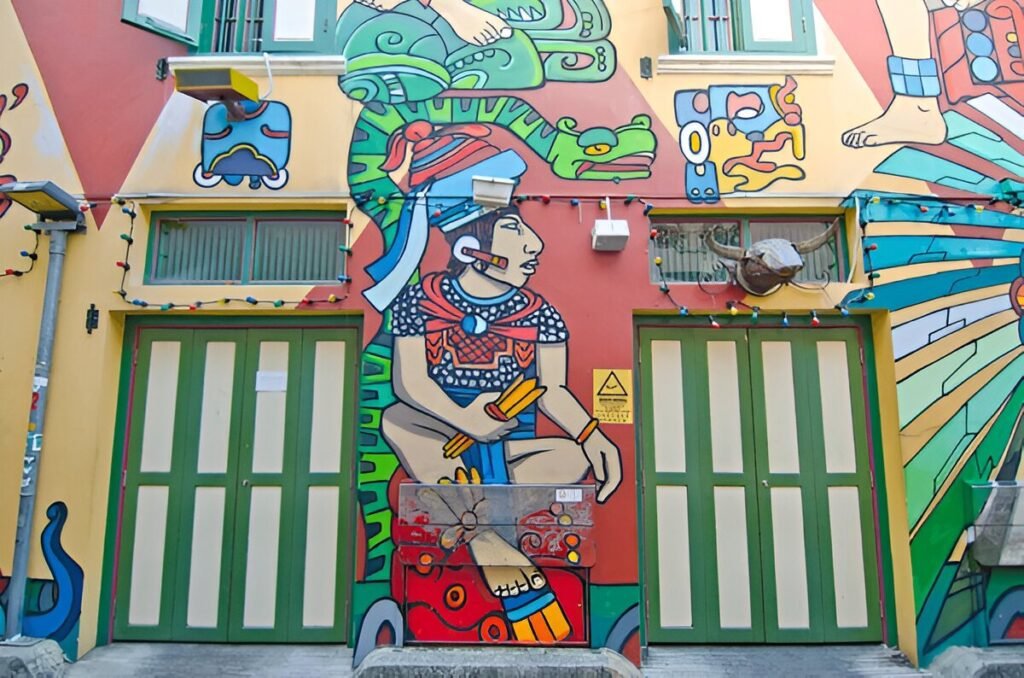Introduction
Singapore, a city known for its gleaming skyscrapers and pristine streets, may not be the first place that comes to mind when thinking about street art. However, beneath its polished exterior lies a thriving and ever-evolving urban art scene that tells the story of its cultural diversity, history, and creative spirit. From hidden alleyways to bustling neighborhoods, Singapore’s street art offers a visual feast for both locals and visitors. In this guide, we explore the best murals and graffiti spots that showcase the city’s artistic soul.
The Evolution of Street Art in Singapore
Street art in Singapore has undergone a remarkable transformation over the years. Once considered illegal and frowned upon, graffiti and murals now enjoy widespread recognition, thanks to government-backed initiatives and a growing appreciation for public art. Today, designated spaces and commissioned works have turned once-ignored walls into vibrant canvases that celebrate Singapore’s rich heritage, cultural identity, and contemporary influences.
Haji Lane: The Heart of Singapore’s Street Art

One of the most well-known street art hubs in Singapore, Haji Lane, is a must-visit for art lovers. Nestled in the Kampong Glam district, this narrow lane is adorned with colorful murals that perfectly complement its trendy boutiques and cafés. The eclectic mix of traditional and contemporary art here creates an Instagram-worthy backdrop for visitors.
Highlights of Haji Lane’s Street Art:
- A striking mural by Didier Jaba Mathieu, a renowned Colombian artist, which features abstract and futuristic elements.
- Murals depicting Singapore’s multicultural heritage, often integrating Peranakan motifs and Malay influences.
- Regularly changing artworks that keep the lane fresh and dynamic, ensuring a new experience with each visit.
Little India: A Tapestry of Culture and Color

Little India is another vibrant district where street art thrives. The area’s murals pay homage to its Indian heritage while incorporating modern artistic expressions. Wander through its colorful streets, and you’ll discover an array of large-scale murals celebrating the district’s people, traditions, and daily life.
Notable Street Art in Little India:
- ‘Traditional Trades of Little India’ by Jaxton Su, illustrating the occupations that shaped the community.
- The iconic ‘Cattleland 2.0’ mural by Eunice Lim, featuring intricately painted cows that symbolize prosperity and cultural significance.
- Several smaller murals that depict vibrant scenes from Indian festivals and folklore.
Tiong Bahru: A Fusion of Old and New
Tiong Bahru, one of Singapore’s oldest housing estates, is known for its charming blend of nostalgia and modernity. The murals here often depict Singapore’s past, offering a glimpse into the city’s early days through captivating visual storytelling.
Must-See Murals in Tiong Bahru:
- ‘Bird Singing Corner’ by Yip Yew Chong, a beautifully detailed artwork that captures a traditional bird-singing gathering.
- ‘Home’ mural, showcasing a domestic scene from Singapore’s bygone era.
- Playful depictions of local cats and everyday life that add a whimsical touch to the neighborhood’s walls.
Everton Road: A Walk Through Singapore’s History
Everton Road is a hidden gem for street art enthusiasts looking for historical narratives. The murals here are highly detailed and bring to life the everyday moments of old Singapore. These artworks transport viewers to a time when kampongs (villages) and street hawkers were an integral part of the city’s fabric.
Key Murals at Everton Road:
- ‘Amah’ by Yip Yew Chong, paying tribute to domestic helpers from the past.
- A mural featuring a traditional coffee shop scene, complete with kopitiam (coffee shop) essentials.
- Various vintage-themed pieces that highlight Singapore’s evolving landscapes and architectural heritage.
Gillman Barracks: Where Contemporary Art Meets the Streets
Unlike other areas on this list, Gillman Barracks is an art enclave dedicated to contemporary and experimental works. While primarily home to galleries and installations, you’ll also find striking outdoor murals that push the boundaries of street art.
Highlights of Gillman Barracks:
- Large-scale abstract and conceptual murals by international and local artists.
- Interactive street art pieces that encourage audience participation.
- Rotating exhibitions and live mural paintings that keep the area dynamic and fresh.
Aliwal Arts Centre: A Hub for Urban Art and Culture
Aliwal Arts Centre in Kampong Glam is another must-visit location for street art lovers. This creative space actively promotes urban art by hosting graffiti battles, live painting sessions, and street art festivals.
What to Expect at Aliwal Arts Centre:
- Walls adorned with bold, experimental murals reflecting urban subcultures.
- Collaborative works featuring Singaporean and international graffiti artists.
- Regular events where visitors can witness artists in action, bringing new creations to life.
The Role of Government and Legal Street Art Initiatives
Singapore’s authorities have taken a progressive approach toward street art in recent years. Initiatives such as the ‘SG50 Celebration Murals’ and designated art zones provide artists with legal spaces to showcase their talent. The Public Art Trust also commissions street art projects that add vibrancy to public spaces while ensuring artistic quality and cultural relevance.
Tips for Exploring Singapore’s Street Art Scene

If you’re planning to embark on a street art adventure in Singapore, here are a few tips to enhance your experience:
- Take a guided tour: Several walking tours focus on street art and provide insights into the history and stories behind the murals.
- Visit during the day: Natural daylight enhances the vibrancy of murals and allows for the best photography.
- Respect the artwork: Avoid touching or defacing murals to preserve their beauty for others.
- Explore beyond the main streets: Some of the best street art can be found in unexpected alleyways and hidden corners.
Conclusion
Singapore’s street art scene is a testament to the city’s evolving cultural landscape. What was once considered an underground movement has now become a celebrated form of artistic expression. From the colorful alleys of Haji Lane to the historical narratives of Everton Road, the city’s murals and graffiti offer a unique way to experience its rich heritage and contemporary creativity. Whether you’re an art enthusiast, a photographer, or a traveler seeking a different perspective of Singapore, exploring its street art is an adventure that promises both inspiration and discovery.












